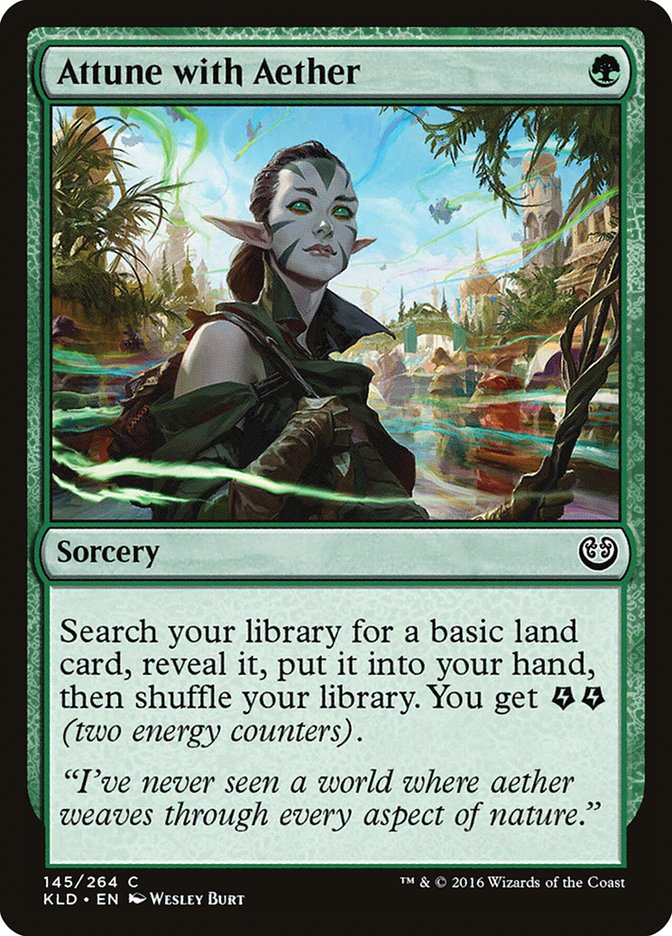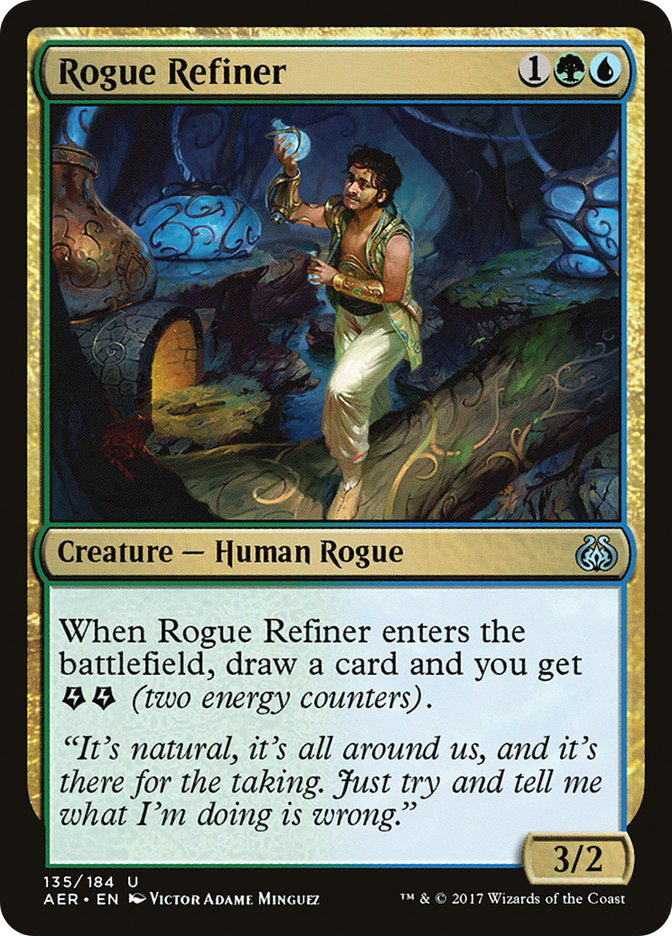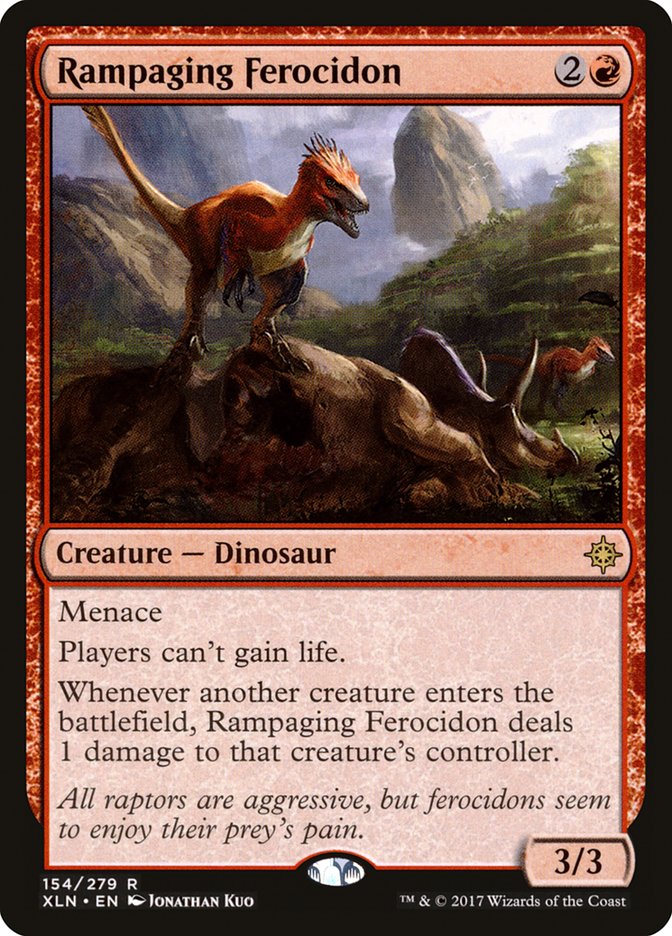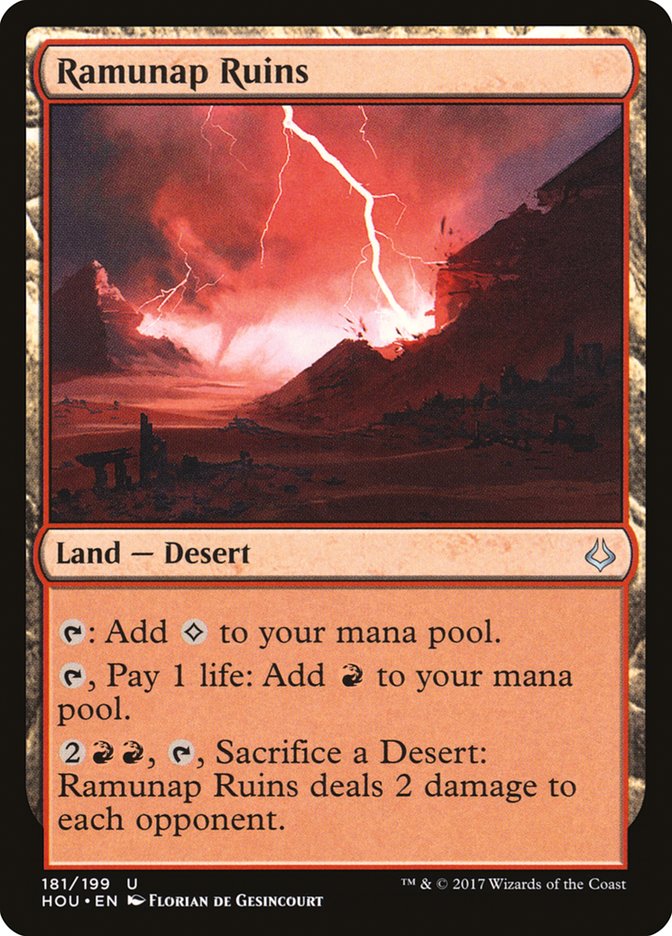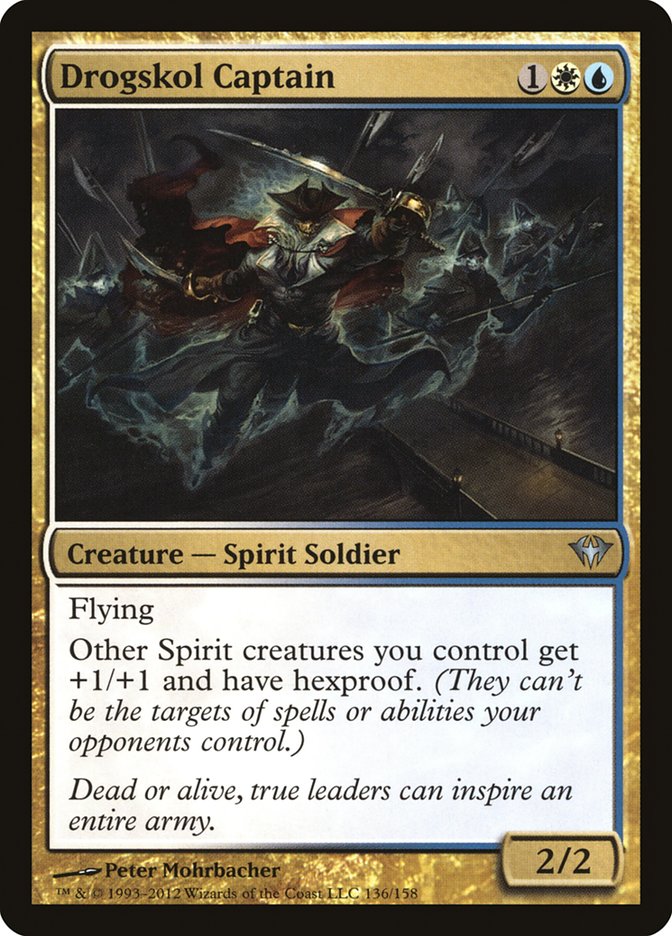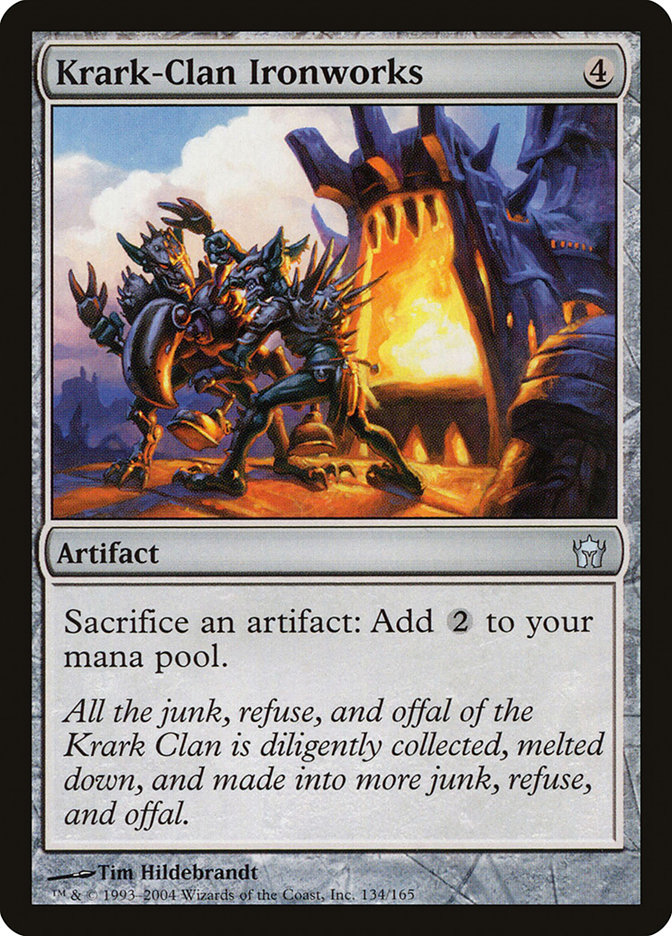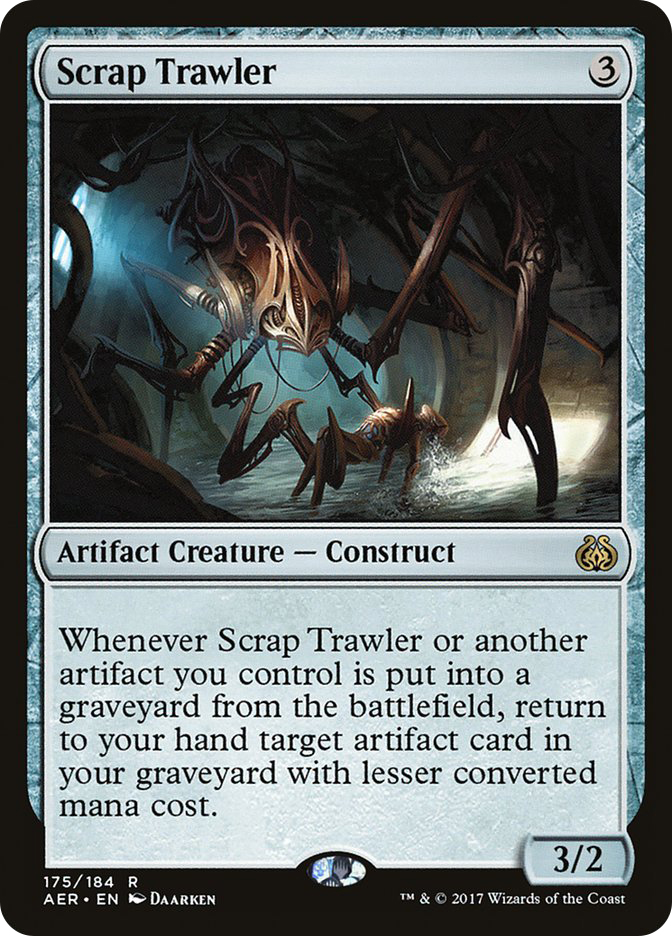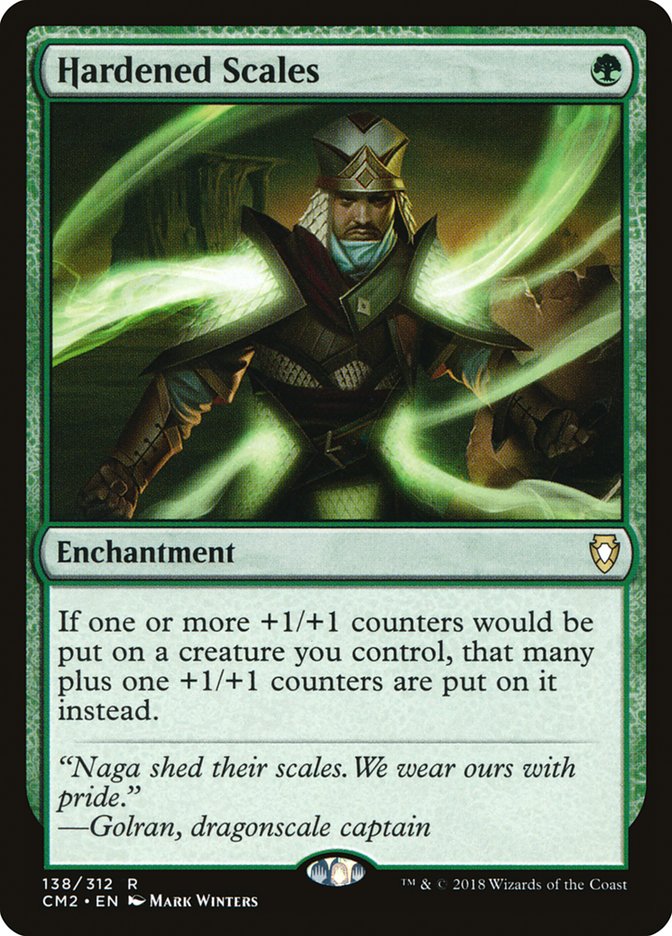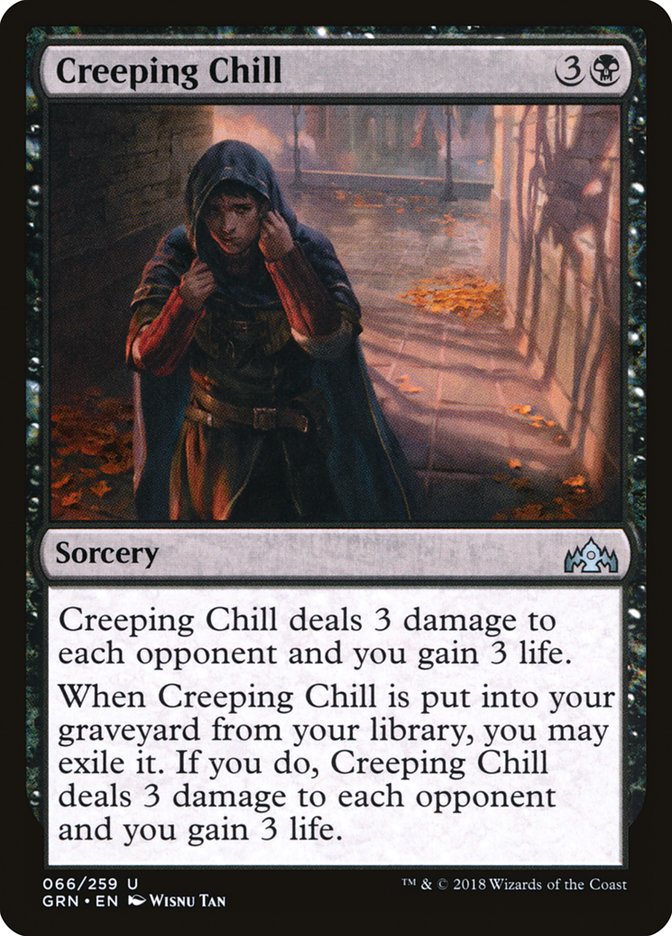Information availability in Magic is in a strange place. There’s more Magic
content being produced right now than at any other point in the game’s
history. Podcasts, streams, YouTube, StarCityGames – if you’re trying to
make informed decisions about card evaluations, deck choices, or any other
potentially divisive topic, the tools required to inform yourself are
available.
Well, most of them. One thing that remains noticeably absent is large scale
data collection. In Magic, we’ve spent years basing our conclusions on
preposterously small sample sizes, making the ability to get a “feel” for a
matchup quickly an invaluable part of any top tier player’s arsenal. While
we have Magic Online results doled out to us in bite-size morsels, other
card games such as Hearthstone and Artifact are crowd-sourcing data
collection, and producing regular metagame assessments that are
authoritatively identifying the best decks and cards.
Should we be jealous of our cyber-cardboard slinging compatriots? In some
ways, I envy their ability to cut down on time spent figuring out the
question to ask (e.g. what beats Boros Aggro?) and just get right to
figuring out the pertinent answers (e.g. basically everything). At the same
time, it feels like perfect data would take away an element of discovery
that has been with us since the nascent days of Magic. I like
figuring out the questions to ask, and I think a lot of players are with
me.
But quite honestly, it doesn’t matter what we like. Crowd-sourced data
collection has begun to propagate around Magic subreddits and
twitterspheres, and each month seems to yield better and better metagame
analyses. Sample sizes are getting bigger, and while they’re still not at
the point where they’re pushing us towards definitive conclusions, I’m now
using these efforts to inform my own study by letting them guide me towards
testable hypotheses.
I recently had the chance to chat with a friend of mine, Matt Nelson, who
spearheaded one such data-collection effort focused on the Modern
tournament held earlier this month at Grand Prix Atlanta. You can see his
team’s full report
here
. We’ll get to some of the more surprising results of this analysis in a
bit, but I want to share Matt’s thoughts on how he views data collection
efforts and what he thinks about this new chapter in competitive Magic’s
history.
Bryan
: What made you want to take on this project? Do you have any background in
data collection and analysis?
Matt
: I was really inspired by Joan García Esquerdo ( @jge_ryu on Twitter), who shared
his work on the handful of European Grand Prix in the GAM discord this
summer. For the first time since MTG Goldfish stopped posting matchup
percentages, we saw hard data about what decks were thriving, what decks
were surviving, about metagame shares, and about win rates in general. Joan
being European-based, I hadn’t seen anyone do similar data on American
Grand Prix – Logan Nettles had done some analysis of MTGO Modern PTQs that
he had participated in but nothing about paper Magic – so I wanted to step
up and start cataloging ours here. I reached out to Joan to see if he was
interested in collaborating. He was and here we are.
I did some really, really minor (I can’t overstate how minor) research in
graduate school, which mostly helped train me in how to use various online
data collection services like Survey Monkey and Google Forms. I want to
give so much credit to Joan for his work in terms of running analysis on
the data himself; he does the excellent data visualization you see when you
look at the link we posted, and I’m so grateful to have him as a partner in
this work. My day job involves working for university safety and data is
important there for identifying long term, larger scale trends. If
anything, I have more training in qualitative research as I did post-grad
work in anthropology and ethnographic research. I’m learning a lot about
data analysis myself as I’m trying to figure out how we want to improve and
advance our work. I have a long way to go.
Bryan
: Data collection efforts in Magic seemed to have lagged behind similar
efforts in other popular card games. Why do you think that is?
Matt
: Like many Magic players, I don’t exclusively play Magic. In Hearthstone
there is a group called Vicious Syndicate (“VS”) that does weekly data
reports on the meta. Hearthstone players opt in to submit their data, from
all variety of competitive levels in their ladder system, including their
elite level of “legendary” players. VS then combines thousands upon
thousands of matches into their weekly reports, showing numbers on expected
meta representation, representation over time (since they’re tracking
online play they can show the wax and wane of specific decks, as the
Hearthstone meta is constantly moving), and present some of the best
performing decks in the meta. With such a large data set, they can make
some powerful statements about the meta, where it’s at, and where it’s
going. It’s huge and absolutely essential resource if you’re a Hearthstone
ladder player.
I should note that VS is independent from Blizzard, whereas we get our
information from Wizards’ coverage. But contrast this with Magic, where we
get league results a couple times a week for Standard and Modern. These
results tell us mostly nothing, since the way they have compiled league
results prevents similar decks from being shown and they take place over
several days, so you can’t speak with confidence about the rise and fall of
specific strategies in the online meta. Larger events like MTGO challenges,
PTQs, Grand Prix, and StarCityGames.com events just give us the top
performing decks of a tournament, but not how the games played out and how
those decks were successful, which is the much bigger question. And
answering that question is what professional players are doing in the weeks
leading up to the Pro Tour, their biggest event of the season. It’s not a
big secret that professional teams have done private data collection as
they prepared for Pro Tours. I’m not privy to that as I’m not a Pro Tour
player, but data is clearly an important part of their preparation. It’s
largely been secretive – which is certainly the right of those players who
have collected that data; I don’t want to be critical of that. I just think
everyone could benefit from more data. I can’t tell you how many times I’ve
heard people say, “I’m not going to buy into Standard right now; I’m
waiting for the Pro Tour when they break [the meta].” There’s a belief that
pros will secretly find something wildly powerful and bring it to the Pro
Tour and it will radically reshape the meta or they will “solve” the meta
and find the best deck.
I believe this is by and large a fallacy in the days where hundreds of
people are churning through cards and the meta is moving so fast,
especially in this Standard season. We have the people doing it already,
but we don’t have the data being shown. We don’t have to wait. We, the
masses, can shape the meta. In fact, we did: the MOCS event before Pro Tour Guilds of Ravnica was littered with aggressive Boros decks. When
they were highly represented in the Top 8, I wasn’t surprised; I knew they
were popular because I’m highly tuned into what is going on meta-wise from
Magic Online. Making data available to the public has a tremendous capacity
to level the playing field, especially for the competitors who aren’t
heavily enfranchised in the game.
Bryan
: Wizards of the Coast have seemingly taken a “less is more” approach when
it comes to data sharing. Do you ever wonder if efforts like yours – which
seem to be in direct opposition to their preferences – could potentially do
harm to the health of formats?
Matt
: I don’t think this is damaging for the health of the meta; I actually
feel the opposite way. I think more data makes for a better meta. When you
identify the best performing decks, you can also identify what decks
perform well against them and why. Players can move to those decks or
strategies which perform well. This probably takes a different form in
Standard versus Modern versus Legacy, as player enfranchisement differs. If
we call a format solved, that means that there was a serious flaw in the
design of the meta. Otherwise, I don’t think a format is ever truly solved;
metas should sift and churn as various strategies rise to the top only to
be unseated by their counter-strategies, who are then countered by other
strategies.
After the January bannings of Attune with Aether, Rogue Refiner, Rampaging
Ferocidon, and Ramunap Ruins, we saw some excellent data from internal
Wizards research showing the win rates of Temur Energy and Mono-Red versus
the format at large, along with excellent analysis of why they were making
the banning decisions they were. It was a good example of data-driven
decision-making, and at the time I was extremely impressed. Those bannings
made sense because by and large that format was solved: you played
Temur because it fared well enough against most things after sideboard or
you played Mono-Red to beat everything but Temur.
A year before, they had done a similar post on Aetherworks Marvel,
indicating that the mass player perception (that Marvel was suppressing
other strategies) was actually incorrect and that there were a number of
well-performing decks. It felt a bit backhanded, like they were banning
Marvel still, but the player outcry for a banning was flawed because the
data showed that Marvel wasn’t truly oppressive. If players were aware of
this, I think they would have had a different feeling about the format.
Data allows us to correct our biases. When someone activates Aetherworks
Marvel across the table and finds Ulamog, The Ceaseless Hunger, eats two of
your lands and you’ve effectively lost already, you’ll remember that more
than two other times someone did that and they missed. You’ll remember when
you lose. But data can help you correct those biases because it’s an
aggregate of player experiences. Data helps us discover what is
over-performing against the top decks in the meta. I guarantee more people
would have been on Esper Vehicles if people knew it posted a near 60% win
rate versus Aetherworks Marvel.
I want to make clear a caveat that data isn’t everything. I would argue
that Aetherworks Marvel or Emrakul, The Promised End were still poorly
designed, and subjectively, made for a bad play experience. But it matters
in a way that Wizards not only has avoided making public but have actively
worked to mostly prevent data from being available to the gaming public. I
can venture some theories as to why: maybe it was a lack of confidence in
Standard – especially at that time – and believing that it could be
“solved,” maybe they just don’t want the scrutiny, or maybe they feel that
data will make the game less fun. I don’t think any of those arguments hold
water, but I would love to dialogue with people who feel otherwise. I
personally think that the Play Design team has been incredibly positive and
impactful on the game. It’s been tangible how much Standard game play has
improved as they have been able to have an impact on the game. If anyone on
Play Design is reading: You all have done incredible, incredible work, and
I thank you as a player.
Bryan
: With regards to the specific data collected here, what do you identify as
its biggest flaw/potential inaccuracy?
Matt
: We definitely have a sampling bias. We collected approximately 45 percent
of the matches from GP Atlanta, but from a couple different places: the top
32, coverage, and then the player survey I launched. When we attempt to
draw conclusions from this and Bant Spirits has four decks in the top 32,
one of the things that emerges from the data is “Bant Spirits is a
high-performing deck.” Really? Wow, who would’ve guessed? So we’re missing
a lot of nuance, especially at the earlier levels. The player survey also
got more engagement from highly invested players, since I spread it through
Twitter and various other Discord servers.
Another serious flaw is that all things considered, even with 45% of the
meta in the room accounted for, this is a small sample size. It’s more data
points than your average social media shared article about side dishes
brought to Thanksgiving by region, but it is still small. So the ability to
draw definitive conclusions from it is limited. I would not treat this as
authoritative, but it does have some weight to it. Considering my lack of
background in data analysis, I’m sure there is a much bigger flaw that I
haven’t even thought of yet – maybe in the comments on this article,
someone can enlighten me.
Bryan
: What do you think is best way for players to use the information
contained in your report?
Matt
: The best ways to use this is with a grain of salt. The report that I
wrote up is my analysis of the trends I saw in the data and as a player who
plays and watches a lot of Modern, but it is my take on the format. Further
data collection might prove this analysis wrong. For example, as I’m
writing this, I’ve heard that two Golgari Midrange decks did well in one of
the Modern challenges, although I wrote that midrange black-based
strategies are poor to play right now. I still feel that way. It would be
neat to see what they played against in the Challenge to see where they
performed well. Data alone isn’t everything; a deck winning doesn’t tell
you everything about the deck or why it’s succeeding. You need to be able
to interpret data or offer an interpretation that makes sense. And of
course, data won’t gift you a win in your games because you’re playing the
objectively best deck.
I’ll be honest: part of what motivated me was personal interest. I’m
preparing for GP Portland and the December RPTQ, and I wanted to know what
was well-positioned going into those tournaments. But the ability to shift
decks isn’t common among the Modern player base. Most people are going to
stick to the deck they’ve put investment in. Now we know more about what
the winner’s metagame looks like, as well as those lower performing decks,
and you can adjust your sideboard – which has always been more impactful in
Modern – to more adequately reflect that. Maybe even your maindeck. For
example, if you read our report, you know that traditional builds of Jeskai
and Azorius Control strategies are bad thanks to the prevalence of Dredge.
You can solve that by maindecking Rest in Peace, and several people did
that the same weekend at GP Atlanta to success in the Magic Online PTQ. Is
Unmoored Ego what you need in a Grixis Death’s Shadow deck to beat Amulet
Titan? Is Infect actually bad against the combo heavy meta? Is Selesnya
Hexproof the third best deck in Modern? Maybe! We don’t know the answers to
these questions yet. I really hope Selesnya Hexproof isn’t the third best
deck in Modern, though.
Bryan
: What was the most surprising thing your data collection efforts revealed?
Matt
: Most of the data makes sense if you think about it for a little bit.
Ironworks performing well in the hands of some of the best players – yeah,
it’s going to post a high win rate. Little things are more surprising, like
Jund getting absolutely destroyed by Humans. By our data, the
matchup isn’t even close, which seems to run counter to the narrative of
Jund being a deck full of answers that takes apart creature-based decks.
TitanShift also performed well in the winner’s metagame, which is
surprising to me because there weren’t that many midrange or controlling
decks that TitanShift seems to do well against, but our data indicates it
is practically thriving, perhaps feasting on Dredge players. But the most
surprising thing, by our data, Jund also performed very well versus Dredge,
which seems counter-intuitive to how the matchup has been perceived. So is
that an accurate reflection of the matchup? Is Jund favored against Dredge?
These are questions I want to answer with more data.
your games because you’re playing the objectively best deck.
So, if you’re going to be playing in GP Portland, keep an eye out for
another player survey we’ll be sending out to collect your experience. Keep
track of what you play against; that’s incredibly useful in building our
matchup spreadsheets. And share your data with us so we can do another,
even better report on Modern. I’d like to take this opportunity to publicly
thank everyone who responded to the survey for GP Atlanta; this has felt
like a successful first venture, and it would not have been without their
help, so thank you so, so much. You are the three spells pre-combat beneath
our wings.
***
I left my conversation with Matt very impressed. He very clearly has a
vision for the future of Magic that is based on a much more empirical
model, and as efforts like those of his team pick up steam, competitive
Magic players will certainly have to jump on board or face being left
behind. I want to share some of my own thoughts based on the data contained
in this report. Again, I am not calling these conclusions. They are simply
theories which merit further consideration and exploration.
If More Players Pick Up Ironworks, Ban Talk Will Actually Be Justified for
Once
While I would be uncomfortable asserting this position from this data
alone, the fact is I’ve never seen one of these metagame analyses that
doesn’t present Ironworks as having an absurdly high win rate. In this set
of data, we’re looking at a 59.18% win rate across 98 matches. That’s
certainly high enough for me to stop and take notice.
Ironworks is held back by two things. First, players perceive it as
extremely difficult to play. Second, the deck is challenging to play on
Magic Online.
While I can’t refute the second point, I think the first point is somewhat
overstated. With an actual B-plan in sideboard games in Sai, Master
Thopterist, the number of resource restricted games you must play has
dramatically decreased. You can easily beat Rest in Peace and Stony Silence
in the absence of pressure. The initial composition and understanding of
loops may take a day or two worth of practice, but decks that are
proceeding in a linear fashion are going to have a lot more “math-based”
decision-making than “strategic” decision-making. Ironworks’ goals are
mostly singular: get permanents until you form a loop or an insurmountable
battlefield. Decks like Jund and Jeskai are routinely asking pilots for far
more, as they must continually adapt their gameplans to simultaneously
disrupt and pressure while lacking the “I win” button that so many other
Modern decks have.
If more players come to this realization, these absurd win rates are going
to start making absurd Top 8s that are absolutely littered with Ironworks
decks. The only reason this is not the present reality is the deck’s
miniscule adoption rate (2.28% in the present sample). My advice? Stop
making excuses, learn Ironworks, and be rewarded for it. Because soon it
may be too late.
Hardened Scales has not Only Completely Outmoded Affinity, It’s Also One of
the Best Decks in the Format
Speaking of math-based decision making, the hottest new king of combat math
is Hardened Scales. This deck has everything: giant Inkmoth Nexuses,
machine-gunning Walking Ballistas, human road cones, and the scariest
Arcbound Ravagers you’ve ever seen. This new version of Affinity is no
longer asking “hate or no?” and leaving its tournament results up to
matchup roulette. Matchups have mostly floated to the slightly favorable
range across the board, with a potential weakness to Humans being canceled
out by a strong Dredge matchup.
Again, I think Hardened Scales is being held back by difficulty fears, and
again, I think these are overstated. That’s not to suggest you will be able
to quickly pick up Hardened Scales and play optimally, but I think that’s
fine. The goal of optimal play should always be at the forefront of our
minds, but when decks are pushing absurd win rates we need to ask which is
better: a 45% deck played in a near optimal fashion or a 56.17% (across 162
matches) deck played at a slightly less optimal fashion?
Dredge Is Overhyped Due to Polarized Matchups
Dredge post-Creeping Chill has certainly improved and observed win rates
are among the best in the format (53.70% across 162 matches). However,
where Affinity has found a path away from the matchup roulette game, Dredge
is still caught in the same old quagmire. And honestly, much of the issue
comes down to respect. In the GP Atlanta data, we saw Dredge tearing
through Azorius Control, winning seven out of eight pairings.
But as the format has moved, we’ve already seen Azorius players “press F”
and shift the completely reasonable Rest in Peace to the maindeck.
Adaptations like this will degrade a highly favorable matchup quickly. I’d
argue that Jund came out of the gate at GP Atlanta having already made such
moves with maindeck Nihil Spellbombs and sideboard Leyline of the Void, and
we saw how things went for Dredge there (winning only five of fifteen
matches in what has long been thought of as a favorable matchup).
Decks will continue to make these low-cost moves, and Dredge will retreat
to a metagame call once more.
Linearity is King, But That’s Nothing New
Let’s look at the observed win rates for all the most popular “answer”
decks at GP Atlanta.
- Grixis Shadow- 48.54%
- Mardu Pyromancer- 46.84%
- Jund- 46.24%
- Golgari Midrange- 45.00%
- Jeskai Control- 44.68%
- Azorius Control- 42.51%
These decks are not cherry-picked examples of answer decks that did poorly
in this analysis. Among the Top 20 most played decks, these are all the decks that can be reasonably regarded as falling on the
“answer/midrange/control” side of the spectrum.
The correct approach to Modern at almost all points since its inception has
been to find the best deck that ignores your opponent for a given metagame.
I think you can argue there was a moment where Jund with Deathrite Shaman
turned this on its head and, depending on how you want to classify Birthing
Pod, I would listen to arguments about its place in this discussion as
well. But much of Modern’s history has been a shuffle from one hyper-linear
approach to another. Whether you want more from Modern or you love it just
the way it is, it behooves you to recognize this key takeaway. Think about
what the format is holistically vulnerable to and find the linear deck that
pushes those buttons.
Or, find the linear deck with a powerful B-plan that resists hate and might
just be broken. Any decks pop to mind?


